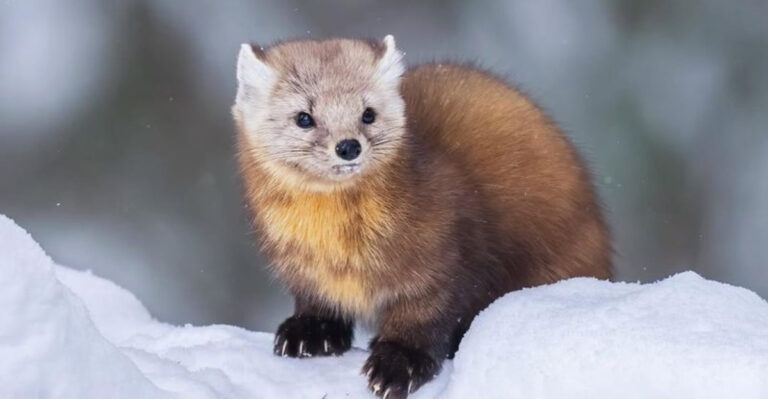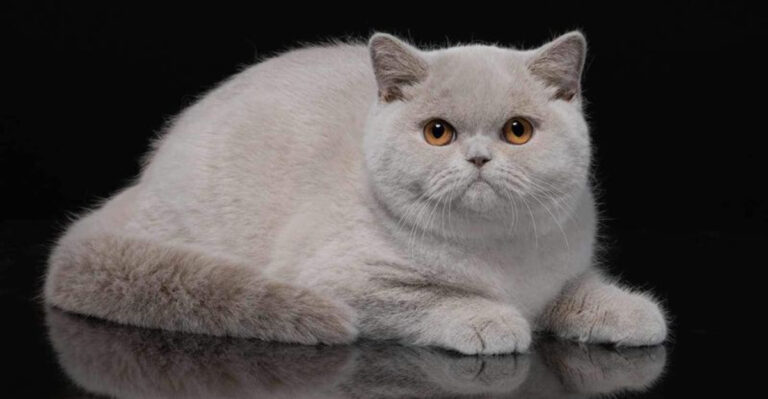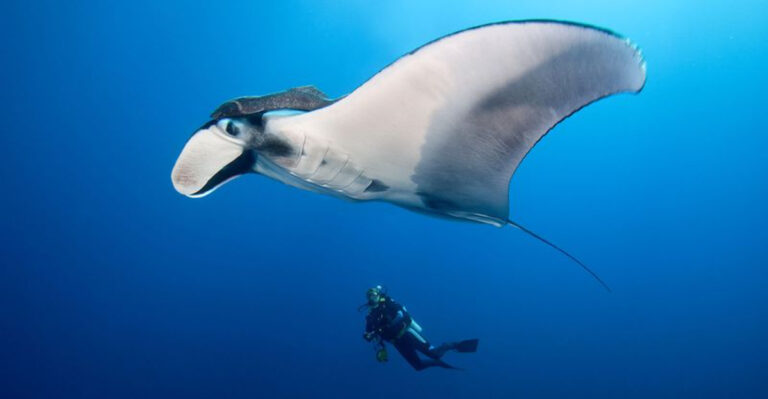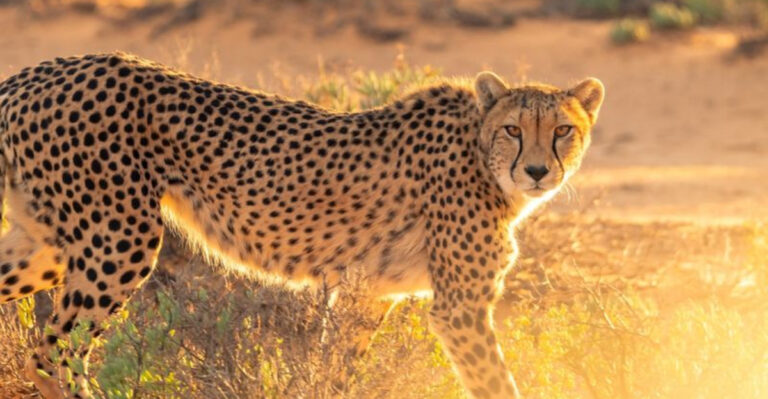16 One-Of-A-Kind African Animals You Won’t See Anywhere Else

Africa’s vast landscapes hide some of the world’s most extraordinary creatures. From the dense rainforests to the scorching deserts, this continent harbors animals that exist nowhere else on Earth.
These remarkable species have evolved special traits to survive in their challenging environments, creating a living showcase of nature’s creativity and adaptability.
1. The Walking Telephone Pole
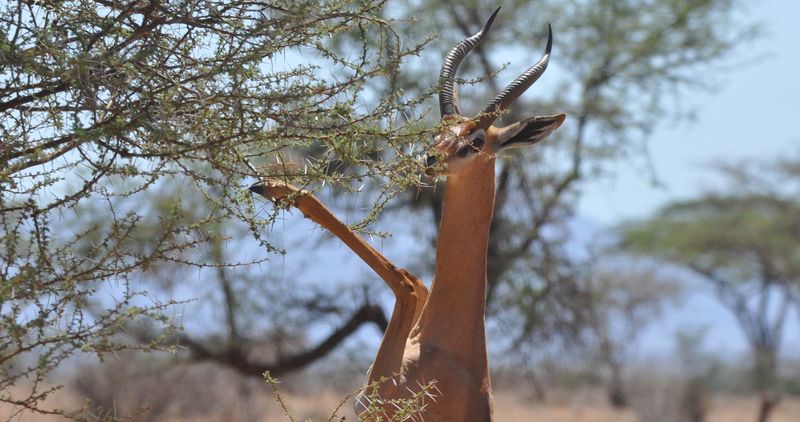
Standing taller than a basketball hoop, the gerenuk looks like someone stretched a regular antelope! These bizarre creatures can rise up on their hind legs and reach nearly 8 feet high to munch on leaves other animals can’t access.
They never need to drink water, getting all moisture from the plants they eat. Talk about desert survival skills!
2. Nature’s Living Tank
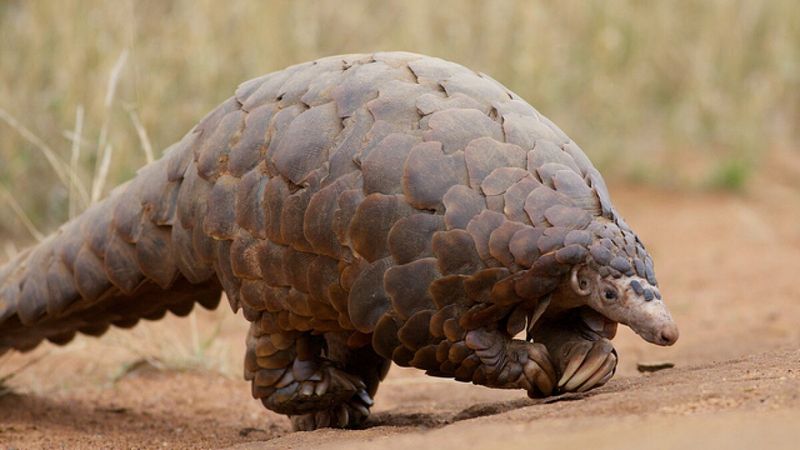
Imagine wearing armor made of bone under your skin! That’s daily life for the pangolin, whose scales are actually modified hairs hardened into protective plates that cover almost its entire body.
When threatened, these shy mammals curl into a tight ball that even lions can’t bite through. Unfortunately, this defense doesn’t work against poachers.
3. The Smiling Assassin
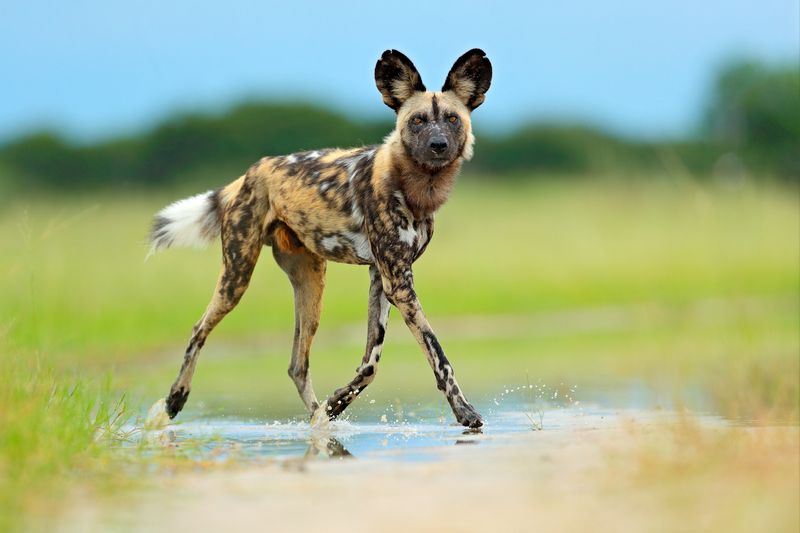
With a face that seems permanently frozen in a grin, the African wild dog is actually one of the continent’s most successful hunters. Their colorful patchwork coats look like someone splashed them with paint!
These social animals work in packs with an astonishing 80% hunting success rate – much higher than lions. Each pack member has a unique pattern, like a fingerprint.
4. The Forest Giraffe Nobody Knows
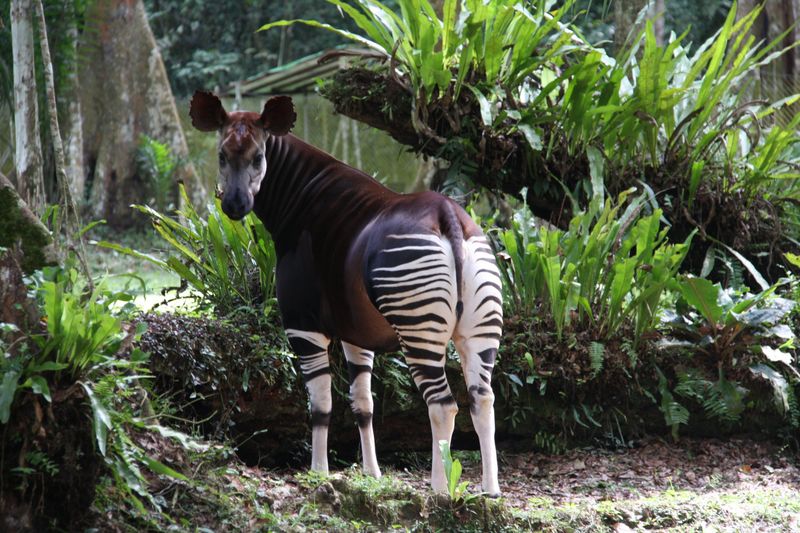
Hiding in the dense Congo rainforest is an animal that looks like someone combined a giraffe with a zebra. The okapi has velvety, chocolate-brown fur with striking zebra-striped legs and a long giraffe-like tongue.
So elusive that Western scientists only discovered them in 1901! Their zebra stripes help babies follow mom through dense vegetation and provide excellent camouflage.
5. The Vampire Deer

Fangs aren’t just for vampires! Male water chevrotains sport impressive tusk-like canine teeth that jut dramatically from their upper jaws. These tiny, secretive creatures are about the size of a rabbit but are actually the smallest relatives of hippos!
Often called “mouse-deer,” they tiptoe through swampy forests on pencil-thin legs and can dive underwater when danger approaches.
6. The Real Lion King

Forget that golden mane! The real king of the savanna might be the honey badger – pound for pound the most fearless creature in Africa. These black and white bulldozers have skin so loose they can twist around to bite whatever grabs them.
Their hide is thick enough to resist bee stings, porcupine quills, and even machete blows! They regularly chase lions away from kills despite being the size of a house cat.
7. The Snake With Four Legs

Looking like something from prehistoric times, the armadillo girdled lizard has a bizarre defense strategy. When threatened, it grabs its tail in its mouth to form a perfect circle – like a living donut with armor!
Their spiky exterior protects vital organs while they roll away from danger. Found only in South Africa’s rocky deserts, these unusual reptiles live in family groups and eat mainly termites.
8. The Rainbow Bird That Can’t Fly
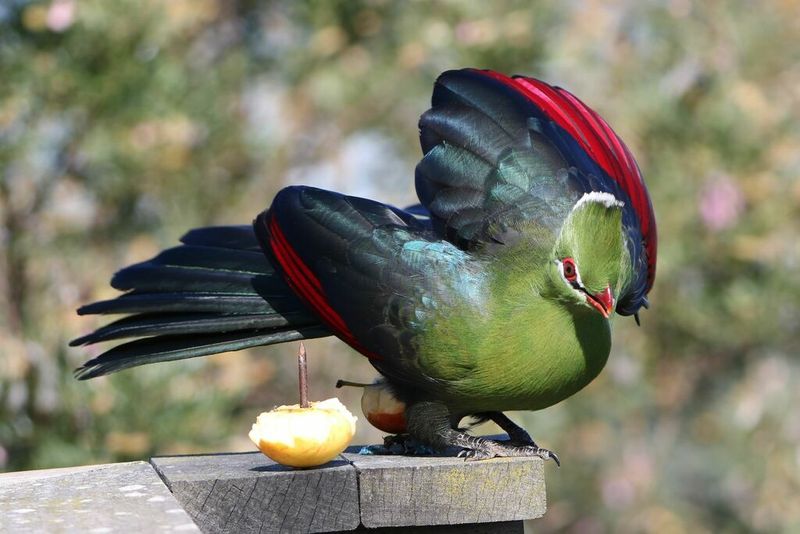
Dressed in feathers that would make a fashion designer jealous, the turaco looks like something from a fantasy movie! These fruit-loving birds have something truly unique – genuine red and green pigments in their feathers.
Most birds create color through light refraction, but turacos actually produce their own pigments. Their crimson wing feathers contain copper, and if washed with shampoo, the red color temporarily disappears!
9. The Night Monkey That Isn’t A Monkey
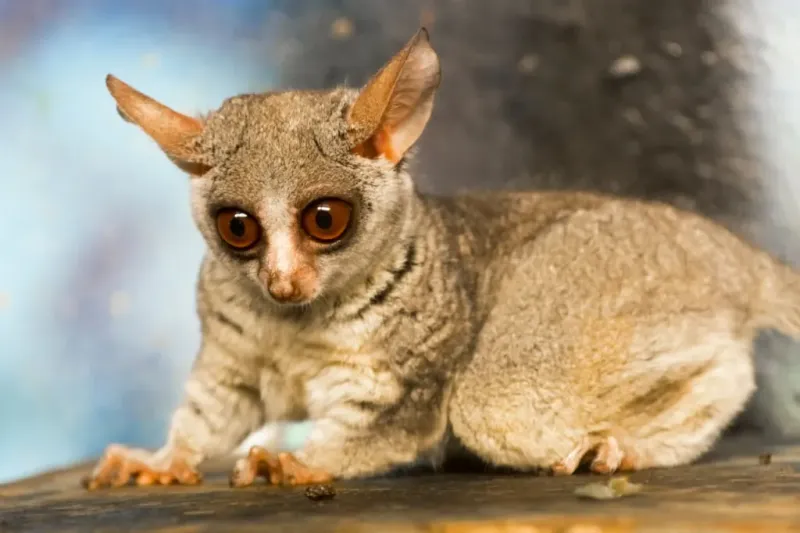
With huge saucer eyes that seem too big for its tiny head, the bushbaby can leap over 20 feet in a single bound! These nocturnal primates make eerie, baby-like crying sounds that gave them their name.
Before jumping, they build up sticky secretions in their pee and spread it on their hands and feet for better grip!
10. The Floating Fortress
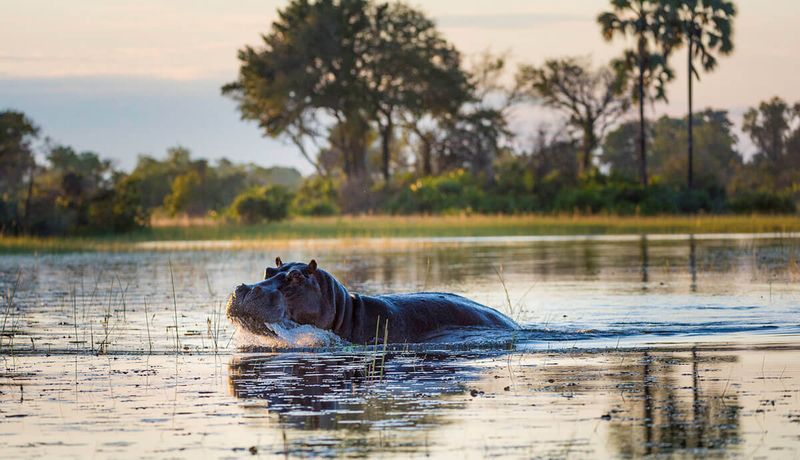
Weighing up to 3 tons but floating effortlessly in water, the hippo seems to defy physics! Despite their chubby appearance, these giants contain special dense bones that help them sink and walk along river bottoms.
Their sweat is actually a natural sunscreen that turns red when exposed to air, creating the myth that hippos “sweat blood.” More people die from hippo attacks in Africa than from any other wild animal!
11. The Ant That Explodes
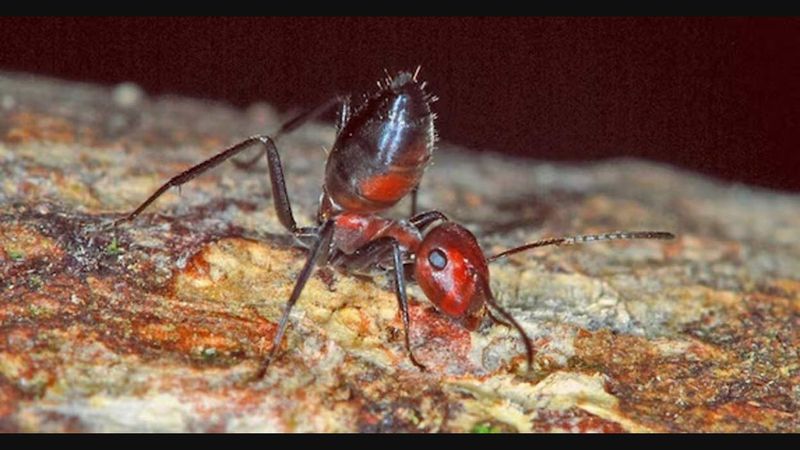
Imagine sacrificing yourself to protect your family – that’s exactly what Camponotus ants do! When their colony is threatened, special soldier ants will contract their abdominal muscles so violently that they literally burst open, spraying sticky toxic chemicals on enemies.
This explosive end is called “autothysis” and only happens in a few insect species. These kamikaze ants are walking bombs, giving their lives to protect their queens and nestmates.
12. The Termite Skyscraper Architects
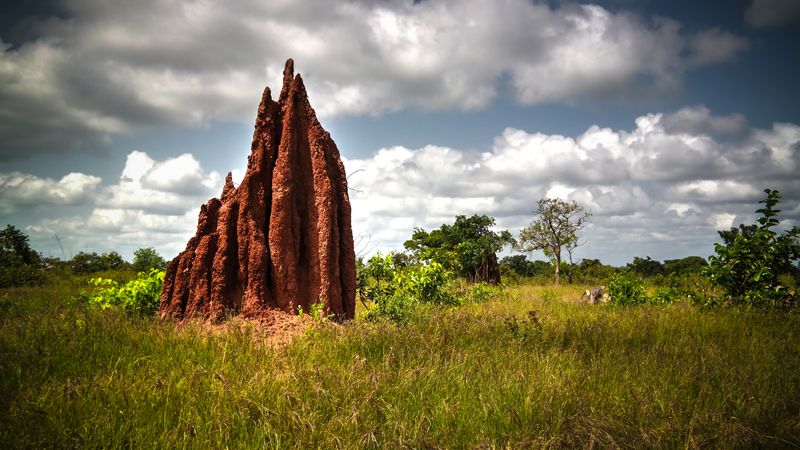
Creating the animal kingdom’s equivalent of the Empire State Building, African termites build massive structures that can reach 30 feet high! If humans built at the same scale relative to our size, our buildings would be over a mile tall.
These remarkable mounds contain complex ventilation systems that maintain perfect temperature and humidity. Some colonies have existed continuously for over 50 years, outliving many human structures!
13. The Horned Rabbit That Fooled Everyone

For centuries, travelers brought back stories of the fearsome jackalope – a rabbit with antelope horns. Turns out, they weren’t completely wrong! African rabbits infected with Shope papilloma virus develop horn-like growths on their heads and bodies.
These keratinous growths can become so large they prevent eating, leading to starvation. This real condition likely inspired the legendary jackalope that appears in folklore around the world.
14. The Glowing Scorpion Army
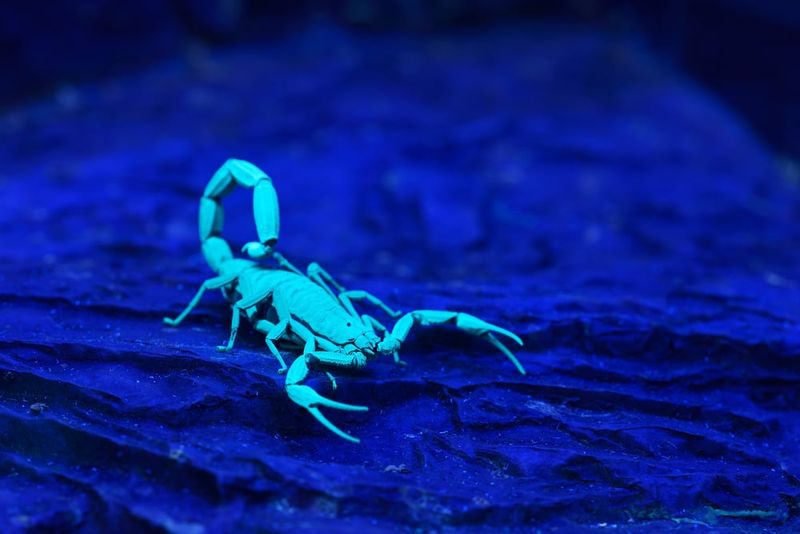
When night falls in the Namib Desert, something magical happens – the sand seems to glow with eerie blue-green light! Emperor scorpions contain chemicals in their exoskeletons that fluoresce under ultraviolet light.
Scientists aren’t entirely sure why they glow, but it might help them detect moonlight or find mates. Researchers use blacklights to locate and study these fascinating arachnids, which can appear by the thousands after rainfall.
15. The Miniature Warthog Nobody’s Heard Of
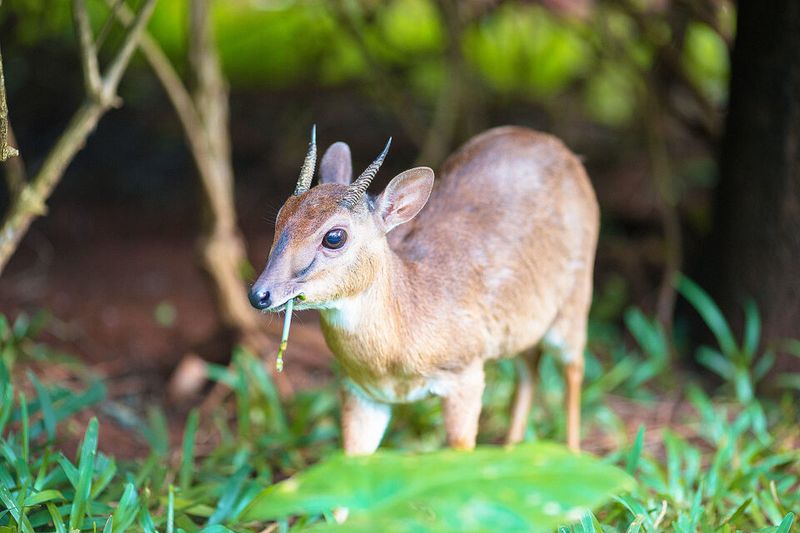
Barely larger than a rabbit, the royal antelope could easily fit in a shoebox! Standing just 10 inches tall at the shoulder, these tiny creatures hold the title of world’s smallest antelope – adults weigh less than a house cat.
Found only in West African forests, they’re so shy and elusive that scientists know very little about them. Their delicate legs are thinner than a pencil, yet they can leap over 8 feet high when startled!
16. The Living Fossil Fish

Imagine discovering a dinosaur swimming in a river – that’s basically what happened when scientists found coelacanths off Africa’s coast in 1938! These prehistoric fish were thought extinct for 65 million years until a fishing boat caught one.
With limb-like fins and a hinged jaw, they’re called “living fossils” because they’ve barely changed in 400 million years. They can grow to 6 feet long and live up to 100 years!


